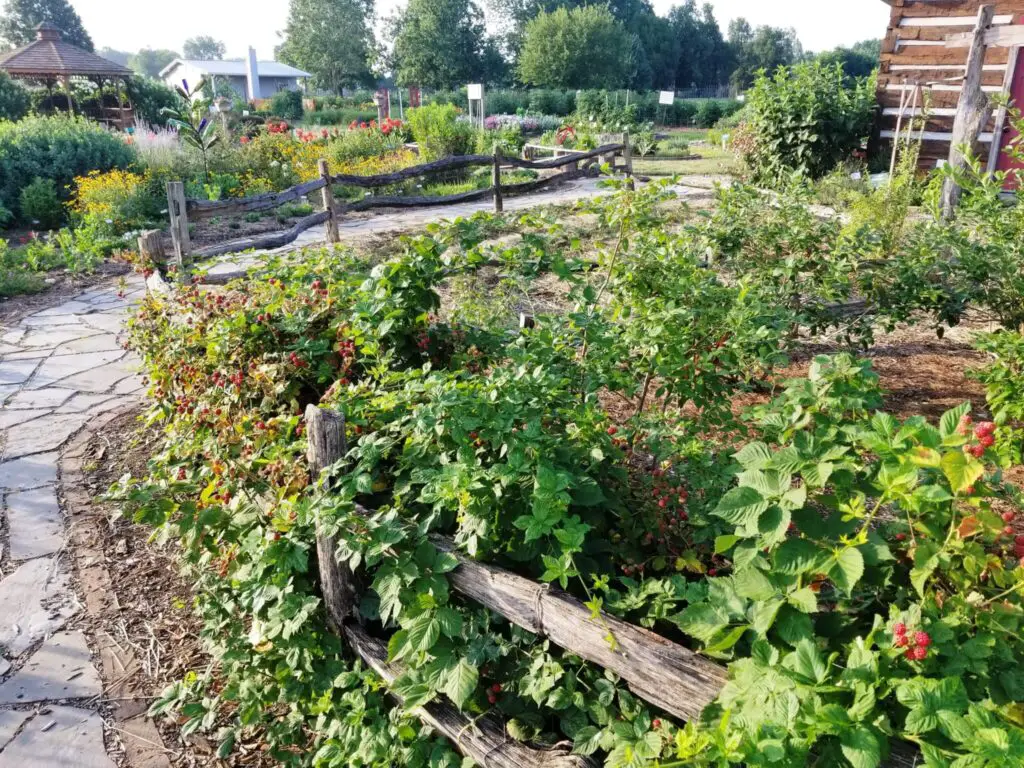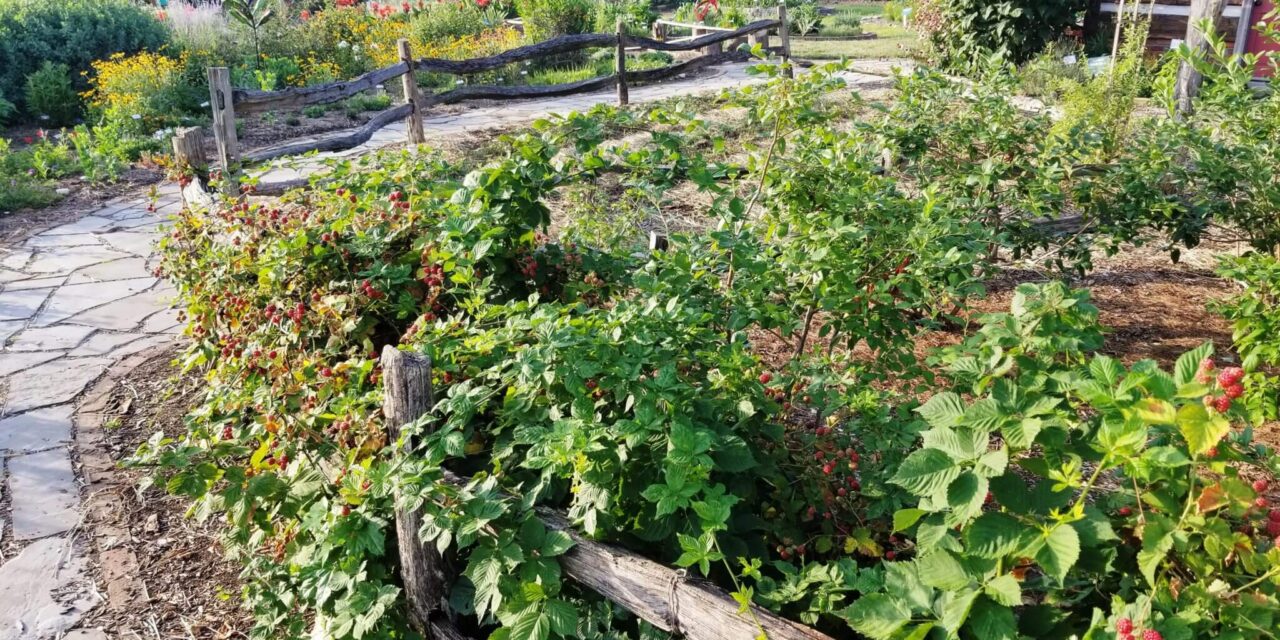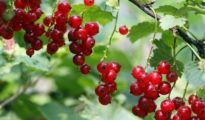There's nothing quite like the taste of freshly picked berries in the summertime. Whether it's strawberries, raspberries, blueberries, or blackberries, they all have their own unique flavor that's hard to resist. But instead of constantly having to purchase them at the grocery store or farmers' market, why not start your own berry patch? Growing your own berries can be a rewarding and delicious experience, and it's easier than you might think. In this blog post, we'll go over everything you need to know to start your own berry patch, from choosing the right location to selecting the right plants to caring for them throughout the growing season.

Part 1: Choosing the Right Location
The first step in starting your own berry patch is choosing the right location. Berries need plenty of sunshine, well-drained soil, and adequate space to grow. Here are some things to consider when selecting a spot for your berry patch:
- Sunlight – Berries need a lot of sunlight to grow and ripen properly, so it's important to choose a spot that gets at least six hours of direct sunlight per day.
- Soil – Berries prefer soil that is well-drained and slightly acidic, with a pH between 5.5 and 6.5. If your soil is too alkaline, you can add sulfur or peat moss to lower the pH.
- Space – Make sure you have enough space to accommodate your berry plants, which can spread out quite a bit. Depending on the variety, berry plants can grow anywhere from one to six feet wide.
- Water – Berries need consistent moisture throughout the growing season, so make sure your chosen location has access to water.
- Protection from pests – Berry plants can attract a variety of pests, including birds, squirrels, and insects. Consider placing netting or other protective measures around your berry patch to keep pests at bay.
Part 2: Selecting the Right Plants
Once you've chosen the right location for your berry patch, it's time to select the right plants. There are many different varieties of berries to choose from, so it's important to select ones that are well-suited to your growing conditions and personal preferences. Here are some things to consider when selecting berry plants:
- Climate – Different varieties of berries are better suited to different climates. Make sure to select varieties that are well-suited to your growing region and climate.
- Taste – Different varieties of berries have different flavors, so it's important to select ones that you enjoy eating.
- Yield – Some varieties of berries are more prolific than others, so consider how much fruit you want to harvest and select plants accordingly.
- Size – Some berry plants, like raspberry bushes, can grow quite large and require a lot of space. Make sure you have enough room for the plants you choose.
- Disease resistance – Some berry plants are more resistant to diseases than others. Select varieties that are known for their disease resistance to minimize the risk of losing your entire crop to disease.
Part 3: Planting Your Berry Patch
Once you've selected your berry plants, it's time to start planting. Here's what you need to know to get your berry patch off to a great start:
- Timing – The best time to plant berries is in the spring, after the danger of frost has passed. In warmer climates, fall planting may be an option as well.
- Preparation – Prepare the soil in your chosen location by removing any weeds or debris and amending the soil with compost or other organic matter. This will help create a nutrient-rich growing environment for your berry plants.
- Spacing – Berry plants need adequate space to grow and produce fruit. Space plants according to the instructions that come with the plants you purchased, but as a general rule, most berry plants should be spaced at least two to three feet apart.
- Planting – Dig a hole for each plant that is deep enough to accommodate the plant's roots, and wide enough to allow for proper spacing. Place the plant in the hole and cover the roots with soil, gently tamping it down to remove any air pockets.
- Watering – Water your newly planted berry plants thoroughly to help them settle in and establish their roots.
- Mulching – Mulching around your berry plants can help retain moisture in the soil, suppress weeds, and regulate soil temperature. Use a layer of organic material, such as straw or wood chips, around the base of each plant.
Part 4: Caring for Your Berry Patch

Once your berry patch is planted, it's important to care for your plants throughout the growing season. Here are some tips for keeping your berry plants healthy and productive:
- Watering – Berry plants need consistent moisture throughout the growing season. Water them deeply and regularly, especially during dry spells.
- Fertilizing – Berry plants benefit from regular fertilization. Use a balanced fertilizer, such as a 10-10-10 formula, and apply it according to the instructions on the package.
- Pruning – Pruning your berry plants helps promote healthy growth and fruit production. Remove any dead or diseased wood, and trim back any branches that are crossing or rubbing against each other.
- Pest control – Berry plants can be susceptible to a variety of pests, including birds, squirrels, and insects. Consider using netting or other protective measures to keep pests at bay.
- Harvesting – Harvest your berries when they are ripe and fully colored. Depending on the variety, this may be indicated by a change in color or firmness. Be sure to pick your berries regularly to encourage continued production.
Starting your own berry patch can be a fun and rewarding experience. With a little planning and care, you can enjoy fresh, delicious berries right from your own backyard. Remember to choose the right location, select the right plants, plant them properly, and care for them throughout the growing season. With a little effort, you'll be enjoying the fruits of your labor in no time. Happy growing!



















